VoIP and Internet Telephony History
The history of Internet telephony and VoIP technology began much earlier than most network users think. In addition, the pace of development in this area is far ahead of other communication technologies, yielding only to smartphones. VoIP has a rich history in which great personalities, government agencies and educational institutions have found their place - a lot of interesting people and organizations put their efforts to the development of technology.
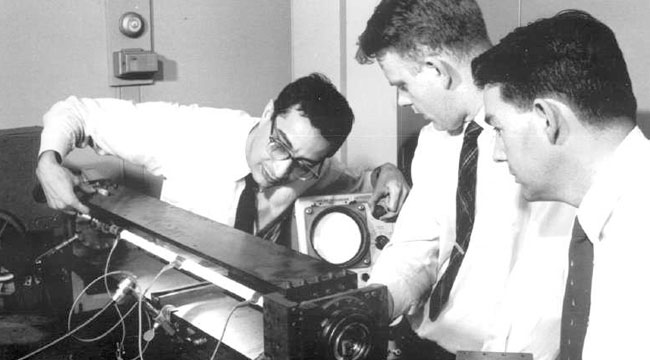
In 1925, AT & T, which was then, in fact, the only player in the telephone communications market, opened the Bell Laboratories division, whose tasks included the invention and further development of communication technologies that would allow the company to improve its service. In 1928, Homer Dudley created the first electronic voice synthesizer, called a vocoder . Vocoder analyzed the sounds made by the mouth and ligaments of a person, and was able to play them, which resulted in an analogue of speech. The principle of operation of the vocoder can be compared with the current packet transmission technologies, during which sound samples are recorded on one phone and then reproduced on another device. Later during the Second World War, the vocoder was used to transmit encrypted messages, and received worldwide fame decades later, when musicians like Kraftwerk began to use it.
')
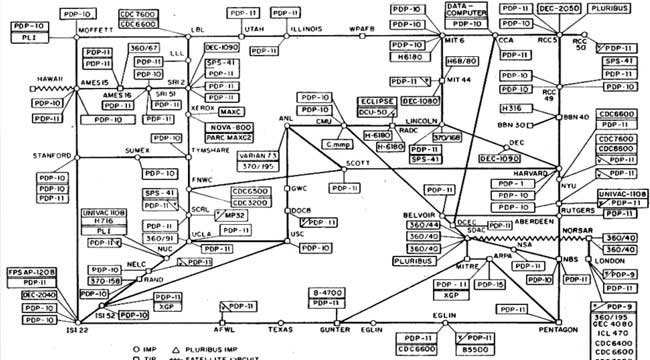
After two decades of theoretical research and research, the government's Advanced Research Project Agency (ARPA) has created the first packet-switched network. Switching was carried out by collecting data into separate datagrams and their further independent sending (instead of the need for a permanently connected circuit). The ARPANET network consisted of small computers connected by modems. The developers of the protocols, which in the future will find their use on the Internet, are Vint Cerf and Bob Kahn.

The MIT-funded laboratory of the Massachusetts University of Technology (MIT), called Lincoln Lab, has developed a new technology (as is often the case now, the development was carried out in the interests of national security). Bob McAuley and Charlie Radar created a data packet format that could be sent over the ARPANET network. The technology used the so-called linear prediction coder (LPC - linear predictive coder) for voice transmission. In 1974, the team successfully conducted a test conference call session via LPC with the office of Culler Harrison, Inc., located in California. In 1982, scientists were able to use LPC to communicate via a local cable network, a mobile radio network and a public telephone network ( PSTN ) interface.
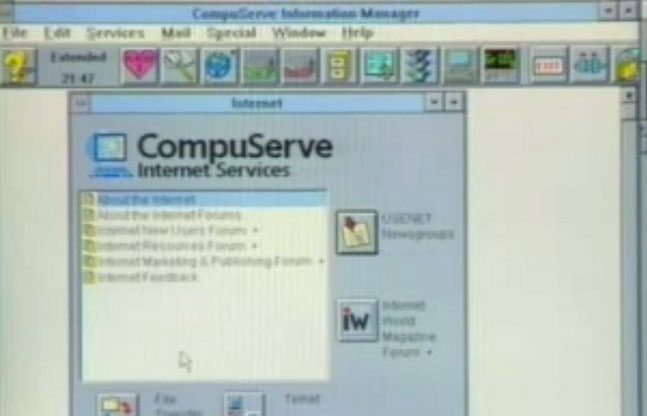
The company Golden Life Insurance has developed a computer program for time tracking, which allowed other companies to rent Goldein Life server capacities at a time when the insurers office is not functioning. In 1975, the Compu-Serv program was allocated to a separate line of business, and in 1977 it was renamed CompuServe. The name CompuServe became synonymous with the Internet, as AT & T was synonymous with the phone. Computer users could exchange messages via email and message boards. In 1980, CompuServe released a separate chat service. The company has become a single point from which the communication of all computer users begins. Until the 1990s, CompuServe, in fact, had no serious competitors, but when they appeared, they inflicted a crushing defeat on the company. CompuServe was bought by a rival AOL in 1997.
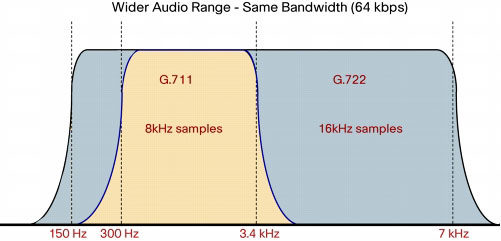
The International Telecommunications Union (ITU-T) approves the specification of the audio codec G.722, written in Lincoln Labs. He had a bit rate of 64 kilobits per second, while the sound quality was comparable to the voice heard through a regular telephone network. Since the bitrate of the G.722 codec was twice as high as its predecessors, it allowed us to achieve high-quality sound with the same network bandwidth requirements.
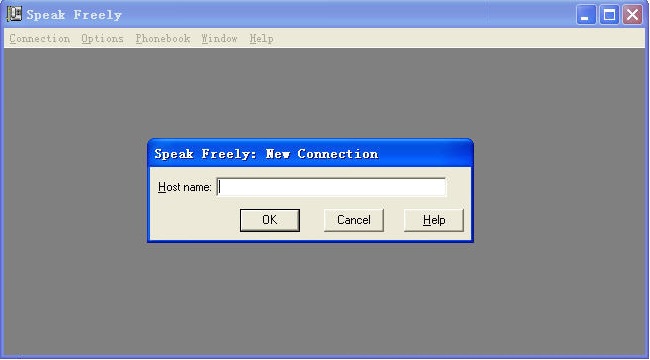
Autodesk founder John Walker (John Walker) went to Europe to prepare the expansion of his company. At that time, the launch of voice applications required a speed of at least 64 kbps, but Brian Wiles creates a thinning / expansion scheme, with which you can reduce the necessary bandwidth to 32 kbps. It releases a free release program called NetFone. This development, later known as Speak Freely , is the first software VoIP phone. Walker uses the program to hold meetings with company developers.

David Allen and Herold Williams (Herold Williams) are developing a video presence system called Teleport, but later renamed it TeleSuite. Allen and Williams came up with the idea of the project when they were working in the field of tourism. They noticed that customers often interrupt their vacations to return to the city for an important meeting or meeting. The first client of the inventors was the hotel chain Hilton Hotels, whose management wanted to install telepresence systems in the rooms of their hotels. Later, the deal fell through, Allen bought out a stake in the company from Williams. He made several attempts to create a successful business, but failed and sold his patents to Polycom in 2007.

Jeff Pulver, one of the pioneers in Internet investment, has teamed up with Brandon Lucas and Izak Jenie to fund a new Free World Dialup VoIP project (FWD). The development cannot make outgoing calls to regular telephone numbers, its main goal is to create a network in which users of connected computers could make calls to each other. Free world dialup ( FWD ) has become the so-called proof-of-concept, which confirmed the relevance of the topic of calls over the Internet. Pulver subsequently invested in a very successful project. The very same FWD existed until 2010, after which it closed.

In 1989, Alon Cohen and Lior Haramaty (Lior Haramaty) founded Israel-based telecom company VocalTec Commununications, which later developed the VocalTec Internet Phone product, which became the first paid product to communicate over the network. For the application to work, it was necessary to have a 486 processor, 8 MB of RAM, a 16-bit sound card, and SLPP and PPP connections — for those times, quite high demands. The program used the H.323 protocol for communication. The original VocalTec application was half-duplex, that is, at one point in time, only one interlocutor could speak, but soon there was a released version of full-duplex. Unlike the free FWD, VocalTec was a real business, so users had to pay both for registration and for the call (per minute pricing was used). At the same time, compared with the price of long-distance calls or even international calls, the cost of calls over the network using VocalTec was much lower. In 2007, VocalTec released the first “iron” VoIP device MagicJack, with which it was possible to connect a landline phone to a computer. Users paid for the annual use of the device, and it was much cheaper than the usual rates of telephone companies. The product became so successful that eventually MagicJack absorbed the company that created it, becoming its main business.
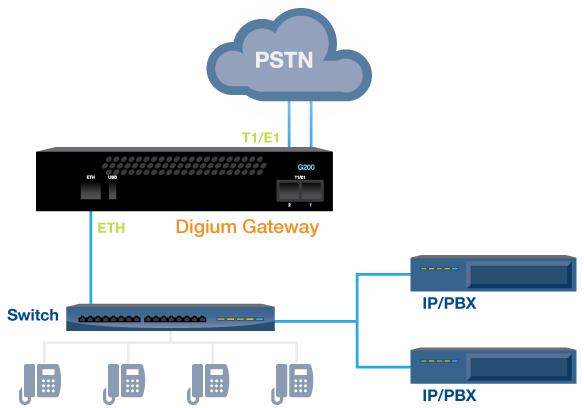
California-based company Virtual PBX releases the first server-side PBX solution, which implements search and follow functions (find me / follow me), as well as control via a web portal (the “ordinary” PBXs didn’t have this functionality even many years later). Unlike client solutions, server-side PBXs were easily scalable; in addition, they did not need to buy or rent hardware to use them. Interestingly, the first server PBX did not use VoIP, and connected to a PSTN network using copper wire, making it possible to make calls within one company.

Originally created for multilateral conferences on the Internet Multicast Backbone experimental network, SIP had nothing to do with VoIP. In the first version of the SIP protocol, there was only one team to start the call, but by 1999 , the developers had expanded the number of operators to six. One of the main advantages of SIP was better scalability than H.323. As a result, companies operating in the field of mobile technologies chose this protocol for their VoIP products.
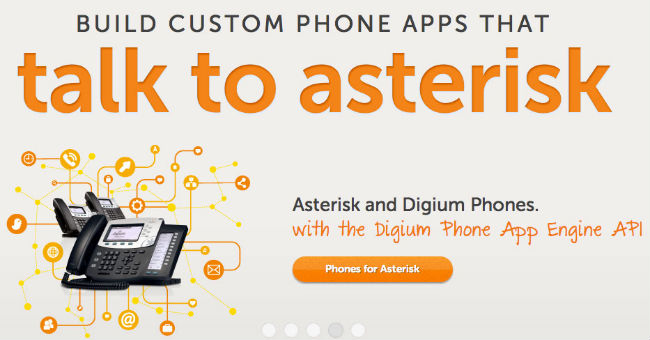
Mark Spencer owned his own Linux technical support company. Mark was faced with the need to install a PBX to talk with employees and to establish contacts between them. There was not enough money to buy such a solution, so he developed his own IP-PBX and called it Asterisk. Mark decided that the program would be open, which helped Asterisk to gain popularity. As a result, the company Spencer moved from support for Linux to work on consulting Asterisk users, especially regarding the choice of hardware for the program. For many years since the creation of Asterisk, thousands of programmers have worked on the project.

Niklas Zennstrom and Janus Friis founded Skyper, later shortening the name to Skype . With a team of several developers, the Estonian company was able to conquer Europe and then the USA with its product. Skype allowed users to make free calls to each other and paid to regular phone numbers (PSTN). Skype is a hybrid of P2P and client-server software. Later in Skype, it became possible to arrange video calls and skypcasts, file transfers and other functions. In 2003, the company was bought by eBay, and in 2011, Microsoft became the next owner. At the moment, Skype is the most popular software for video chatting, and the number of its users exceeds 100 million people.

In 1998, Jeff Palver founded Min-x.com, which in 2000 was renamed Vonage . After several years of product development, Circuit City retailer has become the first seller of Vonage devices. Two years later, the number of clients of the company was approximately 2 million.
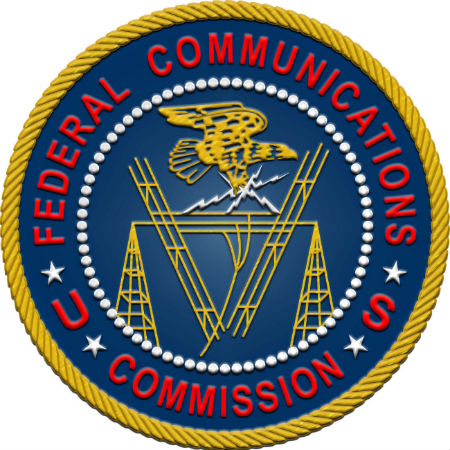
Chairman of the Federal Communications Commission Mike Powell (Michael Powell), issued a decree on the recognition of VoIP service information, rather than telephone. This meant that customers of VoIP services had to pay lower taxes than users of telephone networks. In addition, the decision contained a statement that the United States could not single-handedly regulate the development of VoIP technology. In 2005, the new Commission Chairman Kevin Martin went further, issuing a decree obliging telephone providers to allow users of VoIP services to call emergency numbers free of charge (911, etc.).
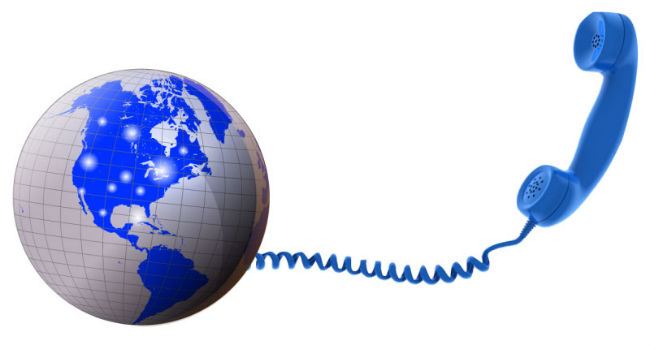
The number of VoIP users is growing from 150,000 thousand in 2003 to 1.2 million by the end of 2004. And this is without taking into account people who make calls from computer to computer.

After two years of development, Calypso Wireless released the first phone that can connect to the network via Wi-Fi - the C1250i model. This device could seamlessly use switch from the mobile Internet to use Wi-Fi. This allowed users of the device to arrange bilateral video conferences, make VoIP calls, and play network games.

James Tagg, Alexander Straub and Alistair Campbell founded Truphone, whose main task was to develop mobile VoIP applications for smartphones. First came the Truphone version for Nokia, and then for the iPhone, Android and BlackBerry. Using the application, you can make free calls to other users, write text messages (including users of other platforms, such as Skype), as well as make calls to regular landline numbers. The application uses SIP and makes calls via Wi-Fi, not cellular networks. Subsequently, the application was released as a softphone . In addition, the company Truphone Ltd. produces SIM cards for travelers.
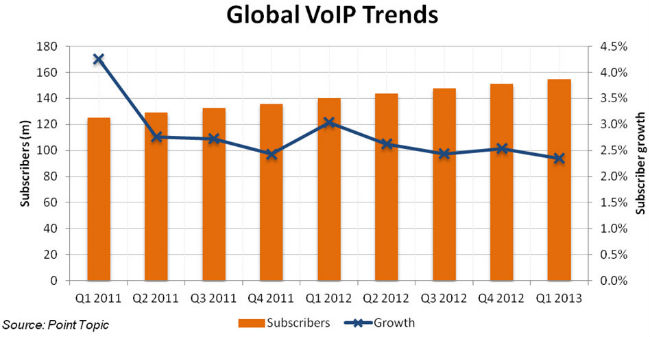
The volume of the global VoIP market (private and business segments) is $ 63 billion. Server VoIP and UC services are growing at 17% per year, and SIP Trunking in the period from 2011 to 2012 showed an increase of 83%.
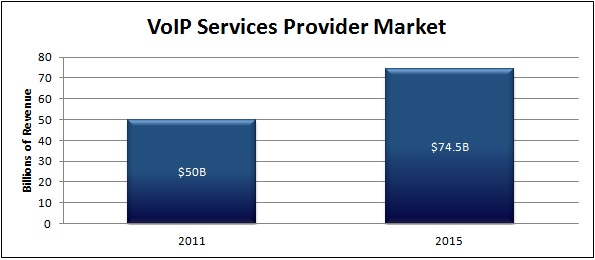
According to analysts, by 2015 the VoIP market will grow to $ 74.5 billion. The technology will continue its penetration into the corporate sector. Large growth is also planned in the mobile VoIP segment - by 2017, its volume should reach $ 1 billion. VoIP technology has shown its effectiveness in comparison with circuit switching networks - AT & T even applied to the Federal Communications Commission with a request to allow it to stop using copper wires in favor of optical fiber and IP switches. VoIP service providers create their own solutions and services, which stirs up competition in this market.
The makers of VoIP and related technologies come from all over the world. Among them are small startups, and huge corporations - many talented people from different parts of the world have contributed. But perhaps the main conclusion from the whole history of VoIP is that the market for Internet telephony is still huge and will continue to grow.
1928: VoIP Technology Background

In 1925, AT & T, which was then, in fact, the only player in the telephone communications market, opened the Bell Laboratories division, whose tasks included the invention and further development of communication technologies that would allow the company to improve its service. In 1928, Homer Dudley created the first electronic voice synthesizer, called a vocoder . Vocoder analyzed the sounds made by the mouth and ligaments of a person, and was able to play them, which resulted in an analogue of speech. The principle of operation of the vocoder can be compared with the current packet transmission technologies, during which sound samples are recorded on one phone and then reproduced on another device. Later during the Second World War, the vocoder was used to transmit encrypted messages, and received worldwide fame decades later, when musicians like Kraftwerk began to use it.
')
1969: Creation of ARPANET

After two decades of theoretical research and research, the government's Advanced Research Project Agency (ARPA) has created the first packet-switched network. Switching was carried out by collecting data into separate datagrams and their further independent sending (instead of the need for a permanently connected circuit). The ARPANET network consisted of small computers connected by modems. The developers of the protocols, which in the future will find their use on the Internet, are Vint Cerf and Bob Kahn.
1973: First voice data packet transmitted.

The MIT-funded laboratory of the Massachusetts University of Technology (MIT), called Lincoln Lab, has developed a new technology (as is often the case now, the development was carried out in the interests of national security). Bob McAuley and Charlie Radar created a data packet format that could be sent over the ARPANET network. The technology used the so-called linear prediction coder (LPC - linear predictive coder) for voice transmission. In 1974, the team successfully conducted a test conference call session via LPC with the office of Culler Harrison, Inc., located in California. In 1982, scientists were able to use LPC to communicate via a local cable network, a mobile radio network and a public telephone network ( PSTN ) interface.
1975: The advent of CompuServe

The company Golden Life Insurance has developed a computer program for time tracking, which allowed other companies to rent Goldein Life server capacities at a time when the insurers office is not functioning. In 1975, the Compu-Serv program was allocated to a separate line of business, and in 1977 it was renamed CompuServe. The name CompuServe became synonymous with the Internet, as AT & T was synonymous with the phone. Computer users could exchange messages via email and message boards. In 1980, CompuServe released a separate chat service. The company has become a single point from which the communication of all computer users begins. Until the 1990s, CompuServe, in fact, had no serious competitors, but when they appeared, they inflicted a crushing defeat on the company. CompuServe was bought by a rival AOL in 1997.
1988: First broadband audio codec

The International Telecommunications Union (ITU-T) approves the specification of the audio codec G.722, written in Lincoln Labs. He had a bit rate of 64 kilobits per second, while the sound quality was comparable to the voice heard through a regular telephone network. Since the bitrate of the G.722 codec was twice as high as its predecessors, it allowed us to achieve high-quality sound with the same network bandwidth requirements.
1991: First public VoIP application released

Autodesk founder John Walker (John Walker) went to Europe to prepare the expansion of his company. At that time, the launch of voice applications required a speed of at least 64 kbps, but Brian Wiles creates a thinning / expansion scheme, with which you can reduce the necessary bandwidth to 32 kbps. It releases a free release program called NetFone. This development, later known as Speak Freely , is the first software VoIP phone. Walker uses the program to hold meetings with company developers.
1993: First Video Presence System

David Allen and Herold Williams (Herold Williams) are developing a video presence system called Teleport, but later renamed it TeleSuite. Allen and Williams came up with the idea of the project when they were working in the field of tourism. They noticed that customers often interrupt their vacations to return to the city for an important meeting or meeting. The first client of the inventors was the hotel chain Hilton Hotels, whose management wanted to install telepresence systems in the rooms of their hotels. Later, the deal fell through, Allen bought out a stake in the company from Williams. He made several attempts to create a successful business, but failed and sold his patents to Polycom in 2007.
1994: Free worldwide dialup

Jeff Pulver, one of the pioneers in Internet investment, has teamed up with Brandon Lucas and Izak Jenie to fund a new Free World Dialup VoIP project (FWD). The development cannot make outgoing calls to regular telephone numbers, its main goal is to create a network in which users of connected computers could make calls to each other. Free world dialup ( FWD ) has become the so-called proof-of-concept, which confirmed the relevance of the topic of calls over the Internet. Pulver subsequently invested in a very successful project. The very same FWD existed until 2010, after which it closed.
1995: First paid VoIP application

In 1989, Alon Cohen and Lior Haramaty (Lior Haramaty) founded Israel-based telecom company VocalTec Commununications, which later developed the VocalTec Internet Phone product, which became the first paid product to communicate over the network. For the application to work, it was necessary to have a 486 processor, 8 MB of RAM, a 16-bit sound card, and SLPP and PPP connections — for those times, quite high demands. The program used the H.323 protocol for communication. The original VocalTec application was half-duplex, that is, at one point in time, only one interlocutor could speak, but soon there was a released version of full-duplex. Unlike the free FWD, VocalTec was a real business, so users had to pay both for registration and for the call (per minute pricing was used). At the same time, compared with the price of long-distance calls or even international calls, the cost of calls over the network using VocalTec was much lower. In 2007, VocalTec released the first “iron” VoIP device MagicJack, with which it was possible to connect a landline phone to a computer. Users paid for the annual use of the device, and it was much cheaper than the usual rates of telephone companies. The product became so successful that eventually MagicJack absorbed the company that created it, becoming its main business.
1996: the first server PBX solution

California-based company Virtual PBX releases the first server-side PBX solution, which implements search and follow functions (find me / follow me), as well as control via a web portal (the “ordinary” PBXs didn’t have this functionality even many years later). Unlike client solutions, server-side PBXs were easily scalable; in addition, they did not need to buy or rent hardware to use them. Interestingly, the first server PBX did not use VoIP, and connected to a PSTN network using copper wire, making it possible to make calls within one company.
1996: SIP development

Originally created for multilateral conferences on the Internet Multicast Backbone experimental network, SIP had nothing to do with VoIP. In the first version of the SIP protocol, there was only one team to start the call, but by 1999 , the developers had expanded the number of operators to six. One of the main advantages of SIP was better scalability than H.323. As a result, companies operating in the field of mobile technologies chose this protocol for their VoIP products.
1999: Asterisk, first IP-PBX

Mark Spencer owned his own Linux technical support company. Mark was faced with the need to install a PBX to talk with employees and to establish contacts between them. There was not enough money to buy such a solution, so he developed his own IP-PBX and called it Asterisk. Mark decided that the program would be open, which helped Asterisk to gain popularity. As a result, the company Spencer moved from support for Linux to work on consulting Asterisk users, especially regarding the choice of hardware for the program. For many years since the creation of Asterisk, thousands of programmers have worked on the project.
2003: Skype and Peer-to-Peer Internet Calls

Niklas Zennstrom and Janus Friis founded Skyper, later shortening the name to Skype . With a team of several developers, the Estonian company was able to conquer Europe and then the USA with its product. Skype allowed users to make free calls to each other and paid to regular phone numbers (PSTN). Skype is a hybrid of P2P and client-server software. Later in Skype, it became possible to arrange video calls and skypcasts, file transfers and other functions. In 2003, the company was bought by eBay, and in 2011, Microsoft became the next owner. At the moment, Skype is the most popular software for video chatting, and the number of its users exceeds 100 million people.
2004: Vonage project release

In 1998, Jeff Palver founded Min-x.com, which in 2000 was renamed Vonage . After several years of product development, Circuit City retailer has become the first seller of Vonage devices. Two years later, the number of clients of the company was approximately 2 million.
2004: decision of the Federal Communications Commission USA

Chairman of the Federal Communications Commission Mike Powell (Michael Powell), issued a decree on the recognition of VoIP service information, rather than telephone. This meant that customers of VoIP services had to pay lower taxes than users of telephone networks. In addition, the decision contained a statement that the United States could not single-handedly regulate the development of VoIP technology. In 2005, the new Commission Chairman Kevin Martin went further, issuing a decree obliging telephone providers to allow users of VoIP services to call emergency numbers free of charge (911, etc.).
2004: explosive growth in the use of VoIP

The number of VoIP users is growing from 150,000 thousand in 2003 to 1.2 million by the end of 2004. And this is without taking into account people who make calls from computer to computer.
2005: the first Wi-Fi phone

After two years of development, Calypso Wireless released the first phone that can connect to the network via Wi-Fi - the C1250i model. This device could seamlessly use switch from the mobile Internet to use Wi-Fi. This allowed users of the device to arrange bilateral video conferences, make VoIP calls, and play network games.
2006: First Mobile VoIP Application

James Tagg, Alexander Straub and Alistair Campbell founded Truphone, whose main task was to develop mobile VoIP applications for smartphones. First came the Truphone version for Nokia, and then for the iPhone, Android and BlackBerry. Using the application, you can make free calls to other users, write text messages (including users of other platforms, such as Skype), as well as make calls to regular landline numbers. The application uses SIP and makes calls via Wi-Fi, not cellular networks. Subsequently, the application was released as a softphone . In addition, the company Truphone Ltd. produces SIM cards for travelers.
2012: VoIP became mainstream

The volume of the global VoIP market (private and business segments) is $ 63 billion. Server VoIP and UC services are growing at 17% per year, and SIP Trunking in the period from 2011 to 2012 showed an increase of 83%.
2013-2014: VoIP prospects

According to analysts, by 2015 the VoIP market will grow to $ 74.5 billion. The technology will continue its penetration into the corporate sector. Large growth is also planned in the mobile VoIP segment - by 2017, its volume should reach $ 1 billion. VoIP technology has shown its effectiveness in comparison with circuit switching networks - AT & T even applied to the Federal Communications Commission with a request to allow it to stop using copper wires in favor of optical fiber and IP switches. VoIP service providers create their own solutions and services, which stirs up competition in this market.
The makers of VoIP and related technologies come from all over the world. Among them are small startups, and huge corporations - many talented people from different parts of the world have contributed. But perhaps the main conclusion from the whole history of VoIP is that the market for Internet telephony is still huge and will continue to grow.
Source: https://habr.com/ru/post/224953/
All Articles